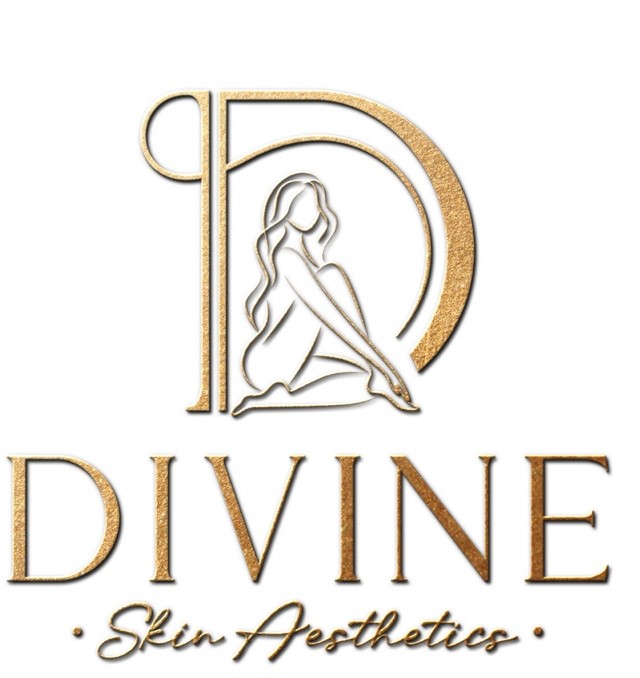Facial treatments are a cornerstone of skincare, offering a variety of procedures tailored to address specific skin concerns and improve overall skin health and appearance. These treatments range from deep cleansing and exfoliation to more advanced techniques involving the use of technology and specialized products. Here’s an overview of popular facial treatments, their benefits, and what you can expect during each process.
Types of Facial Treatments
- Basic/Classic Facial:
- Purpose: To cleanse, exfoliate, and hydrate the skin.
- Process: Includes cleansing, steaming, exfoliation, a face mask, and moisturizing. Often includes a face, neck, and shoulder massage.
- Benefits: Refreshes the skin, removes impurities, and provides relaxation.
- Anti-Aging Facial:
- Purpose: To target signs of aging like wrinkles, skin laxity, and age spots.
- Process: May include deep-penetrating peels, collagen masks, and treatments that include anti-aging serums.
- Benefits: Promotes collagen production, reduces fine lines, and improves skin elasticity.
- Acne/Deep Cleansing Facial:
- Purpose: Focuses on extracting blackheads and treating acne-prone skin.
- Process: Involves deep cleansing, use of salicylic/glycolic acids, and often a soothing mask to reduce inflammation.
- Benefits: Reduces acne, clears clogged pores, and minimizes the appearance of acne scars.
- Hydrating Facial:
- Purpose: To restore moisture balance to dry skin.
- Process: Utilizes creams, masks, and serums rich in hyaluronic acid and other hydrating compounds.
- Benefits: Leaves skin supple, revitalized, and hydrated.
- Brightening Facial:
- Purpose: To treat hyperpigmentation and uneven skin tone.
- Process: May include vitamin C, fruit enzymes, and chemical peels that reduce melanin production.
- Benefits: Enhances skin radiance and evens out skin tone.
- Chemical Peel:
- Purpose: To deeply exfoliate the skin and remove dead skin layers.
- Process: Application of a chemical solution that causes old skin to peel off.
- Benefits: Reveals newer, more youthful skin, and reduces the appearance of scars and wrinkles.
- Microdermabrasion:
- Purpose: To mechanically exfoliate the top layer of dead skin.
- Process: Uses a device with an abrasive surface to sand away the outer layer of skin.
- Benefits: Smooths skin texture, reduces the appearance of fine lines, and cleans pores.
What to Expect During a Facial Treatment
- Consultation: Most treatments start with a consultation to assess your skin type and concerns, allowing the aesthetician to customize the facial.
- Preparation: The skin is cleansed to remove makeup and impurities.
- Treatment Application: Depending on the type of facial, various creams, masks, and devices may be used.
- Massage: Many facials include a massage to improve circulation and encourage lymphatic drainage.
- Post-Treatment Care: The aesthetician will likely apply a serum or moisturizer to protect the skin, and may recommend products for home care.
Post-Treatment Care
- Sun Protection: Essential after exfoliating treatments to protect new skin.
- Hydration: Keeping the skin hydrated is crucial for maintaining the effects of the facial.
- Gentle Skincare: Avoid using harsh products that could irritate freshly treated skin.
Choosing the Right Facial
When choosing a facial, consider your main skin concerns, whether it’s aging, moisture, acne, or sensitivity. It’s also important to consider your skin type and any allergies or sensitivities to ensure that the facial will provide the desired benefits without adverse effects. Regular facials, when chosen correctly and combined with a good at-home skincare regimen, can lead to noticeable improvements in skin appearance and health.
